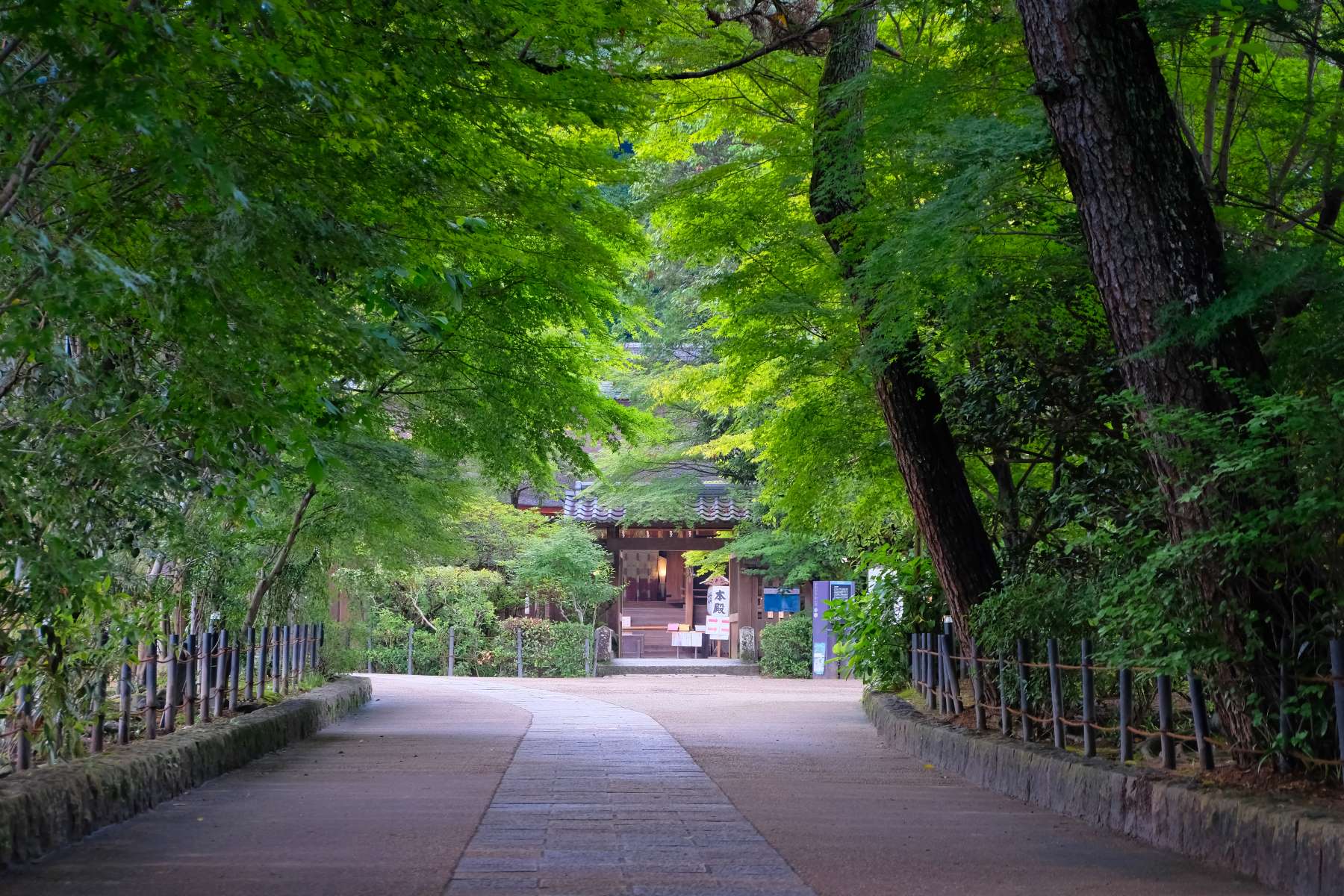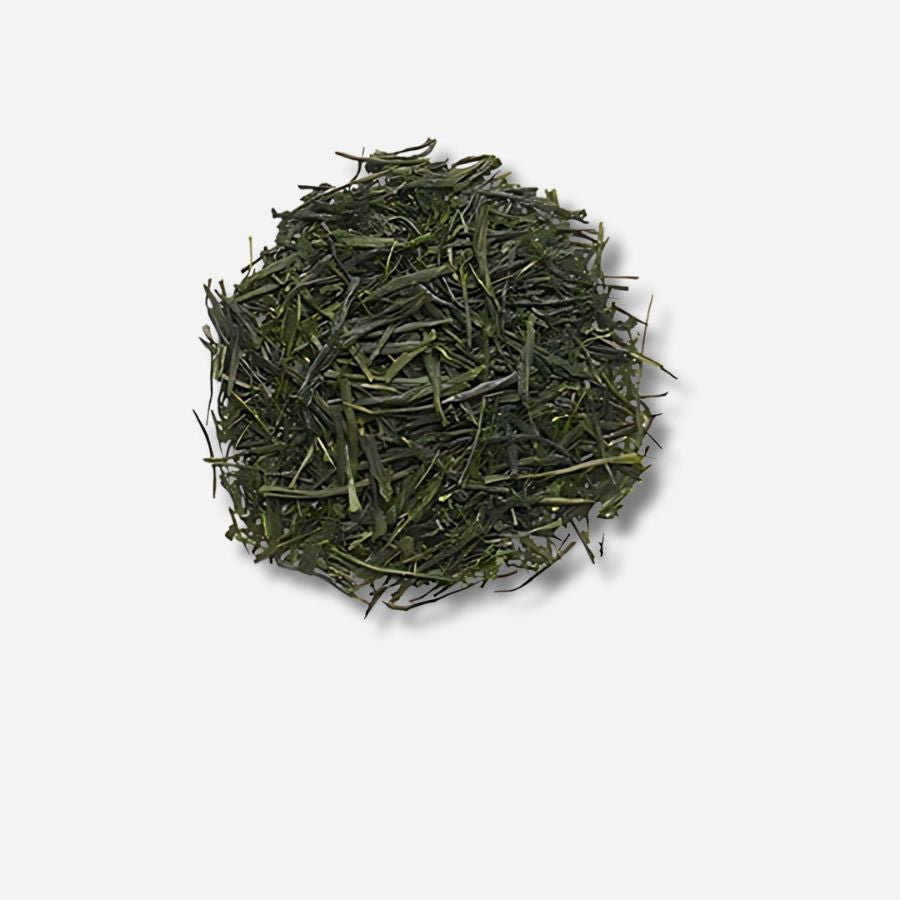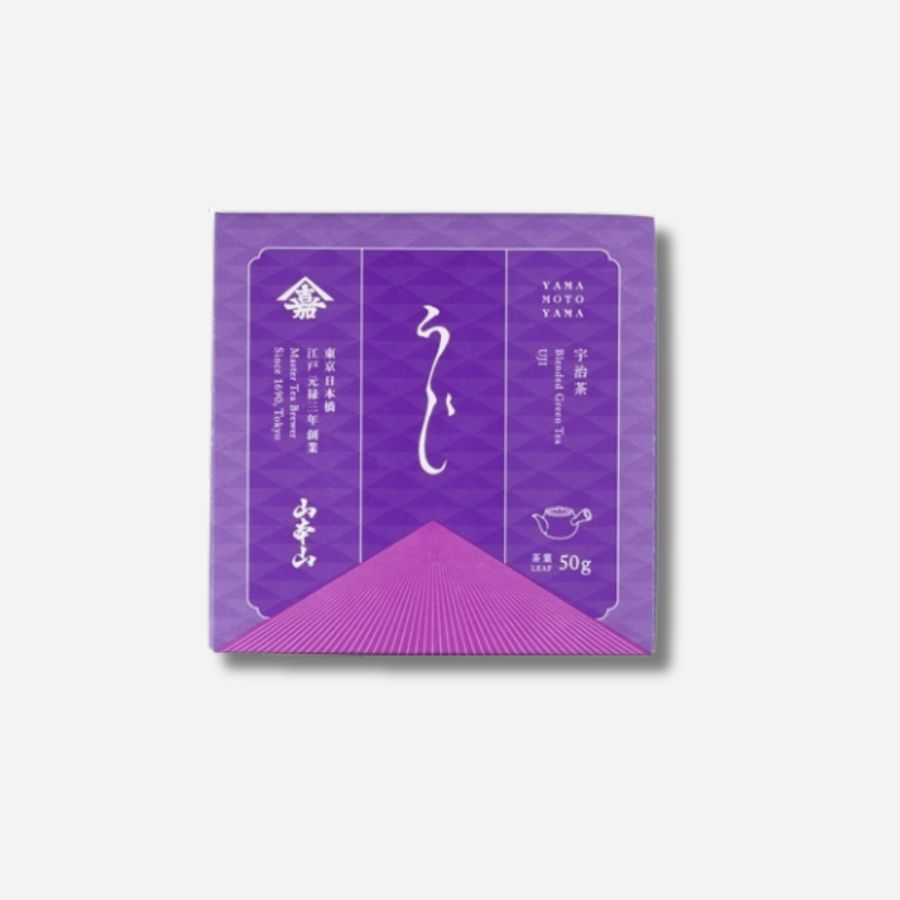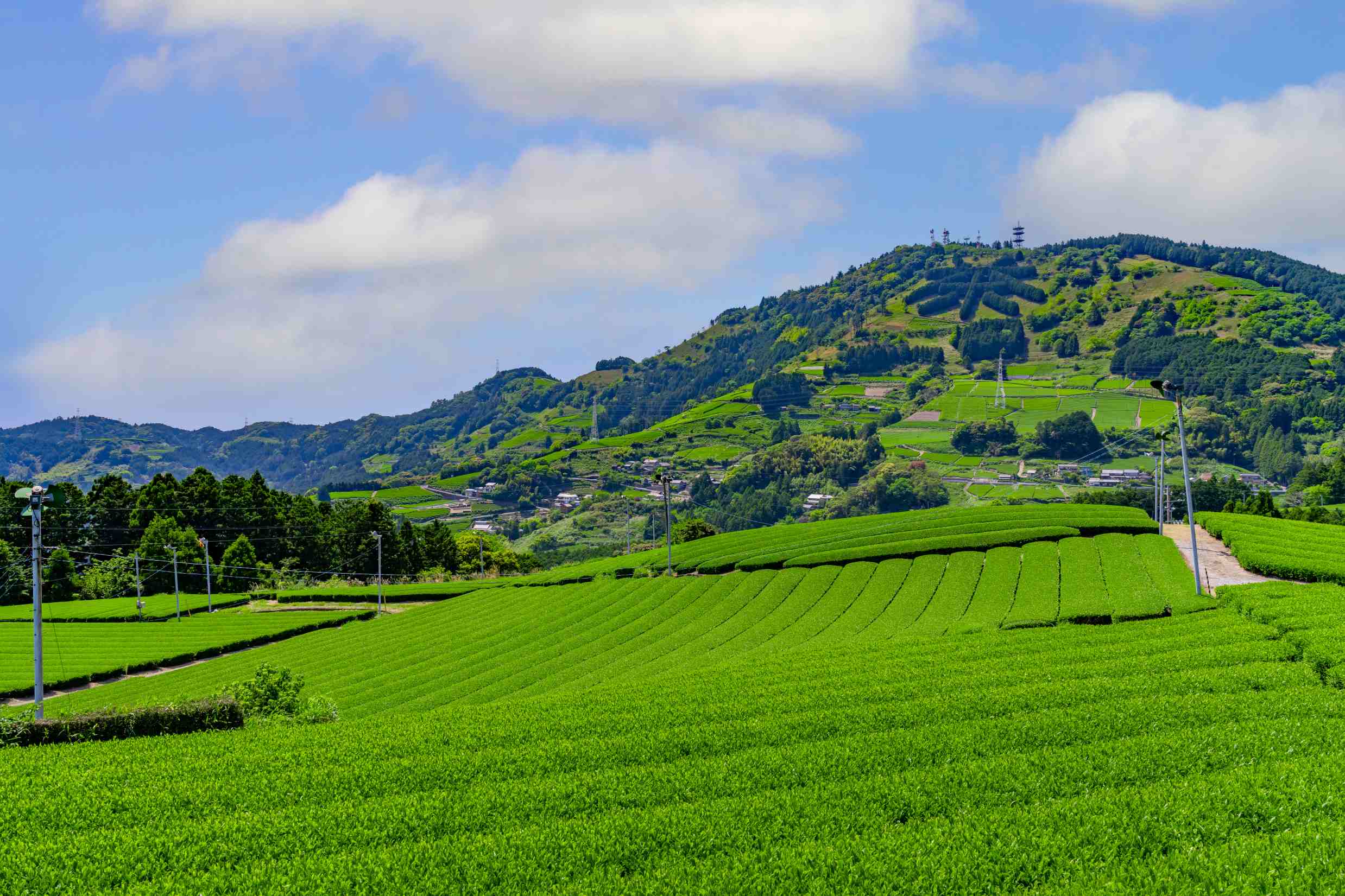
The scent of the ancient capital, the historical story of Uji tea, the driving force behind Japanese tea
Introduction
Uji tea is best known for its excellent taste, aroma, and color, as well as gyokuro and tencha (the raw material for matcha), and Uji is the number one producer of gyokuro in Japan.
Uji City is the center of the area, and neighboring Kyotanabe City is where Gyokuro is produced, while Joyo City is where Tencha is produced. Ujitawara Town, which is also neighboring Uji City, is said to be the birthplace of Sencha by Nagatani Soen, and even today Sencha is mainly produced here. Lightly steamed, it is characterized by its elegant aroma, clean aftertaste, and pale light blue color.
Uji tea is attractive for its elegant taste, cultivated through its long history and tradition, as well as unique manufacturing methods such as Ohishita cultivation and the Ujitawara manufacturing method.
The History of Uji Tea
It is fair to say that today's tea culture in Japan developed in Kyoto.
The history of Uji tea is long, dating back to the Kamakura period. It is said to have begun when Zen priest Eisai brought back tea seeds from the Song dynasty of China and gifted them to the monk Myoe of Kozanji Temple in Toganoo, Kyoto.
Myoe Shonin cultivated this tea species in Uji and opened a tea plantation. This marked the beginning of full-scale cultivation in Kyoto and the origin of Uji tea, and ultimately Japanese tea.
During the Muromachi period, Yoshimitsu Ashikaga opened Shichimeien in Uji and began producing tea. The area developed into a center of tea ceremony culture. After that, during the Azuchi-Momoyama period, covered tea gardens (covered cultivation) were established, and in the mid-18th century, Soen Nagatani built the foundations for the current tea manufacturing method, and by the end of the Edo period, the manufacturing method for gyokuro was also established.
During the Edo period, Uji tea was highly valued as a gift to the Shogun family, and Uji tea masters were responsible for transporting new tea to Edo, a process called the "Ocha Tsubo Dochu." This system continued for 250 years and contributed greatly to spreading the quality and reputation of Uji tea throughout the country.
Two unique manufacturing methods born in Uji
Uji City mainly produces Gyokuro and Tencha, and they use a method called "covered cultivation" in which the tea fields are covered with shading materials while the new buds are growing, blocking out light for a certain period of time. By blocking out light, it is possible to increase the umami components and bring out an elegant aroma, resulting in a bright green tea with a mellow sweetness.
This cultivation method plays an important role in maintaining the quality of Uji tea. Kabusecha, Gyokuro, and Tencha produced using this covered cultivation method are called covered tea (covered tea).

In addition, there is the "Ujitawara method (Aosei Sencha method)" developed in Ujitawara, the birthplace of Sencha. This method, in which steamed tea leaves are rolled by hand and dried, is the foundation of modern green tea manufacturing methods.
Until then, tea was literally brown in color, but Nagatani Soen, who ran a tea business in Yuyadani, Ujitawara-cho, was inspired by the method of making matcha that was available in Uji at the time, and invented the original steaming method of making sencha.
The method is to cool the steamed tea buds rapidly, then dry and shape them over a high-temperature oven while kneading them by hand. This resulted in the creation of a green tea with a vibrant green color and a wonderful taste and aroma that had never been seen before.
Currently, tea production across the country is becoming increasingly mechanized, but tea-making machines are developed based on the hand-rolling process of the Uji method.

Characteristics of Uji Sencha
The tea leaves used to make Uji Sencha come in a variety of varieties, including Yabukita, Okumidori, and Asatsuyu. Naturally, each variety has its own unique characteristics, and the taste and aroma differ, but generally, Uji tea is characterized by its "low astringency and mellow mouthfeel." Why is this?
This can be attributed to Uji's weather conditions and the social background unique to Uji, the center of Japanese tea production and culture.
Uji City, located in the southern part of Kyoto Prefecture, is located in the Yamashiro Basin and is an area with extreme temperature differences between day and night.
It is said that the greater the temperature difference between day and night, the more the aroma of the tea plant will stand out. Furthermore, the leaves that photosynthesized during the day are able to rest in the cool air of the night, storing up nutrients, which brings out the richness and sweetness of the tea.

The mist that occurs on the Uji River also has a major impact on the flavor of Uji tea. The mist blocks direct sunlight from hitting the tea leaves, helping to keep the new buds soft.
Blessed with such geographical conditions, Uji tea, regardless of the type of tea leaves, is able to bring out the full umami components and produce a refreshing tea with a mellow sweetness and a fresh taste.
Furthermore, Uji has a history of over 1,000 years and has been a center of tea cultivation since ancient times, with numerous tea plantations lined up along the streets.
Experienced tea farmers were early adopters of innovative techniques such as covered cultivation and the Ujitawara method, and in order to produce even better tea, they have continued to improve the cultivation environment and production methods, thereby improving the quality and diversity of the tea.
Due to its location in Kyoto, it was close to the Imperial Family and the Imperial Court, and its long history as a purveyor to the Imperial Family and the Shogunate has also helped to improve the quality of Uji tea, and led to its development into a major tea producing region.
summary
Uji tea has a long history and tradition dating back to the Kamakura period, and is loved as one of Japan's representative teas. Its popularity is not limited to Japan, but is also garnering attention overseas as "UJICHA."
By the way, Kyoto Prefecture has enacted the Uji Tea Ordinance (official name: Kyoto Prefecture Uji Tea Promotion Ordinance) to pass on the traditions and culture of Uji tea to future generations and promote the tea industry. The purpose of this ordinance is for Uji tea producers, retailers, and each and every citizen of the prefecture to come into contact with Uji tea in their daily lives, recognize the traditions, culture, and value of Uji tea, and work to popularize it.
Uji tea has a long history, and even today the people of the prefecture are united in their efforts to promote its value and appeal. It is a world-class Japanese tea, nurtured by a deep history and skilled techniques.









